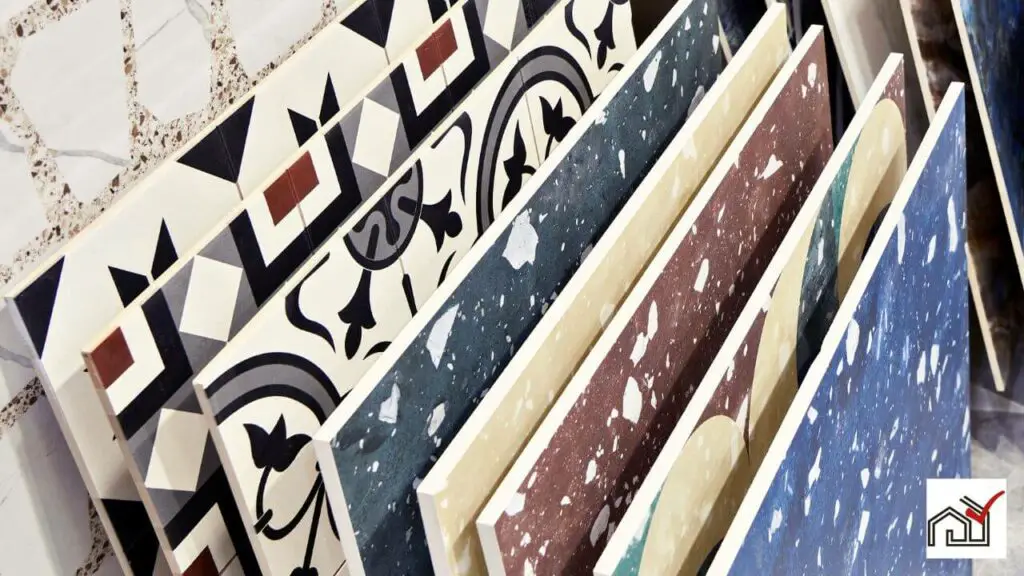Are you looking to make your porcelain countertop stand out from the neighbor’s?
Would you like a personalized, unique look that compliments your cabinets and backsplash?
If so, you should know about the different edges available for porcelain countertops.
Edge designs make all the difference in creating a polished and professional look for your kitchen.
However, it’s important to understand the features of each edge style before selecting one for a specific area.
So in this guide, we will discuss four of the most popular porcelain countertop edges and give insights on how to choose one.
4 Popular Porcelain Countertop Edges
Porcelain countertops currently have four popular edging options:
- Square,
- Eased,
- Mitered, and
- Beveled.
If you prefer rounder or ogee edges, you will have to look at other countertops because such complex edge profiles are currently not possible with porcelain countertops.
However, technology is improving quickly.
So it’s likely that we will get to see more edging options for porcelain countertops in the next few years.
With that said, let’s now look at the edge options for porcelain countertops.
1. Square Edge
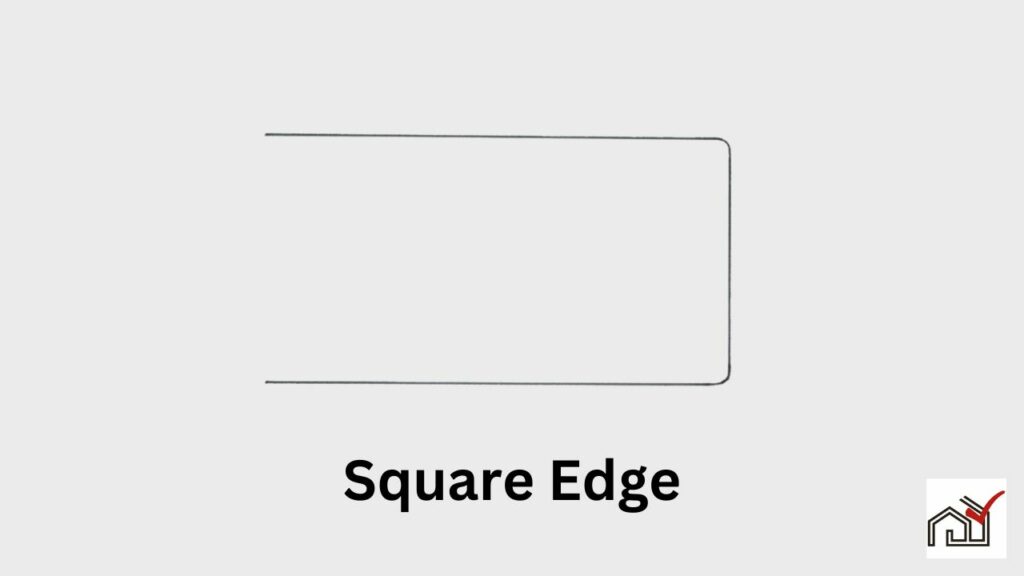
The most popular type of edge for porcelain countertops is the square edge.
This option is great for highlighting the colors and patterns of your porcelain slabs while keeping a modern, contemporary look throughout the kitchen.
With just 12 mm of thickness, porcelain slabs can get damaged easily if more intricate edges are cut into them.
That’s why it’s best to stick with something simple like a square edge that doesn’t need special maintenance.
A square edge will also give your countertop a tidy look from the sides.
From up close or far away, you can always count on a neat countertop with a crisp square edge finish that will last for years with minimal effort.
2. Eased Edge
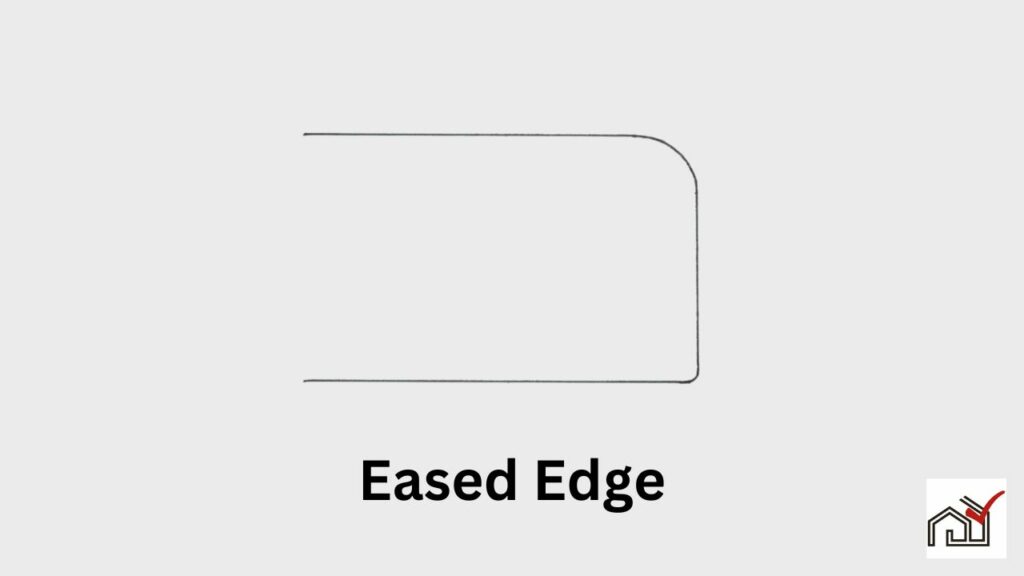
An eased edge is a popular choice for porcelain countertops.
As opposed to a square edge, the eased countertop edge is slightly rounded, with the overall profile maintaining straight lines.
This edge is also sometimes referred to as the softened square.
In addition to its aesthetically-pleasing look, an eased edge countertop provides some added safety due to its roundness.
This means if you bump into the countertop edge, it won’t hurt you.
An eased edge is also preferred over other square-edge options.
They are also more durable since the rounded surfaces reduce the chances of chipping.
Overall, an eased-edge porcelain countertop will give your modern kitchen the extra spirit!
Recommended Reading: Why Are Porcelain Countertops Durable?
3. Mitered Edge
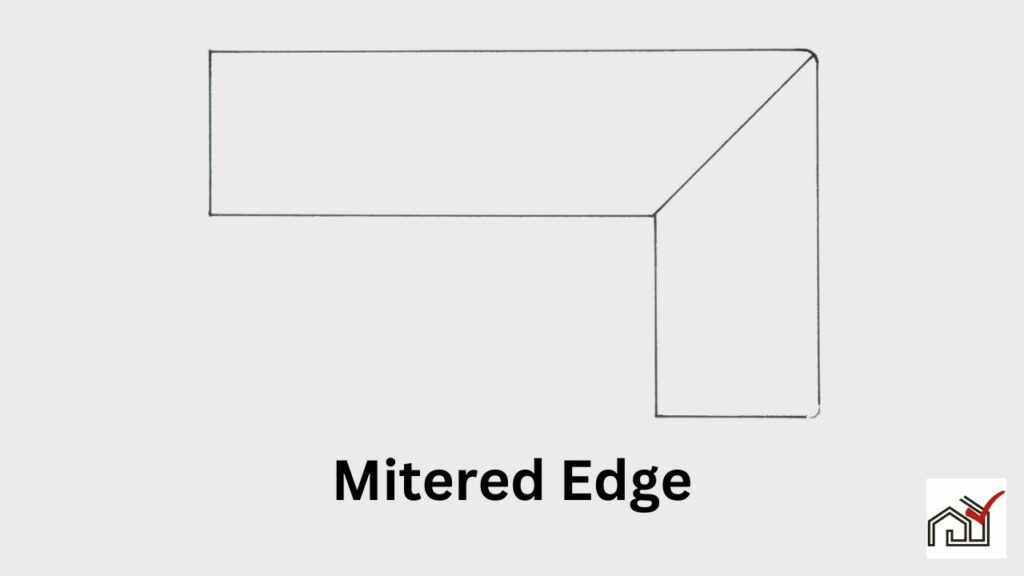
A mitered edge countertop is a stylish and popular choice for porcelain countertops.
It’s created by joining two countertop surfaces at a 45-degree angle to create a seamless 90-degree edge.
One surface is horizontal, and the other is vertical.
At the edge, you can choose between two different styles:
- An eased mitered edge, which offers a slight round look of 2 to 3 mm radius where the two surfaces join, and
- A standard mitered edge that provides a distinct 90-degree look.
Both of these edges make their own unique visual statement.
So it’s important to consider which is best for your kitchen or bathroom design.
Porcelain countertops are thinner than other countertops. So they aren’t as thick on the edges.
However, you can achieve an illusion of thickness by opting for a mitered edge.
This creates a thicker-looking countertop without adding too much extra weight and bulk.
Overall, mitered edges are a great option for porcelain countertops because of their seamless look, stylish touches with rounded corners or sharper angles, and the ability to create an illusion of thickness.
4. Beveled Edge
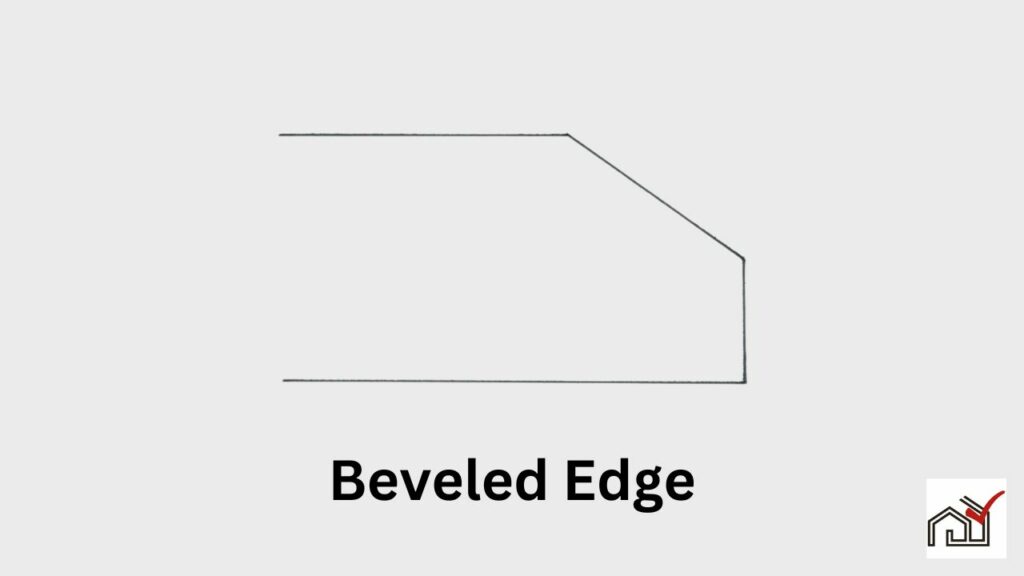
A beveled edge is created by cutting the edge of a countertop at a 45-degree angle from the top.
This edge is also called a bevel square.
This means that it’s angled from the top, creating an interesting line while maintaining a squarish effect.
The combination of angles and straight lines adds an extra visual impact to the countertops.
This type of edge profile is one of the most popular choices because of its classy look.
It gives porcelain countertops more character without increasing their cost substantially.
However, making any edge on a porcelain countertop other than square and eased will cost you.
Beveled edges have a low profile and are easier to clean. They are also durable and long-lasting.
This edge will give your porcelain countertop an impressive finish that will definitely draw people’s attention.
Further Reading:
- Porcelain vs. Granite Countertops: 8 Main Differences
- Porcelain vs. Quartz Countertops: 10 Prominent Differences
Which Porcelain Countertop Edge Should You Opt For?
When it comes to choosing the right edge for your porcelain countertop, there are a few factors to consider.
First, think about the overall look you want to achieve.
Do you prefer a more modern look with sharp angles or something softer and rounder?
Second, think about your budget. Beveled edges will cost you more than square and eased edges.
So if you are on a tight budget, you may want to opt for one of these two options.
Ultimately, the choice is yours.
Porcelain countertops are a great option for any kitchen, and you can create a stunning look with the right edge profile.

